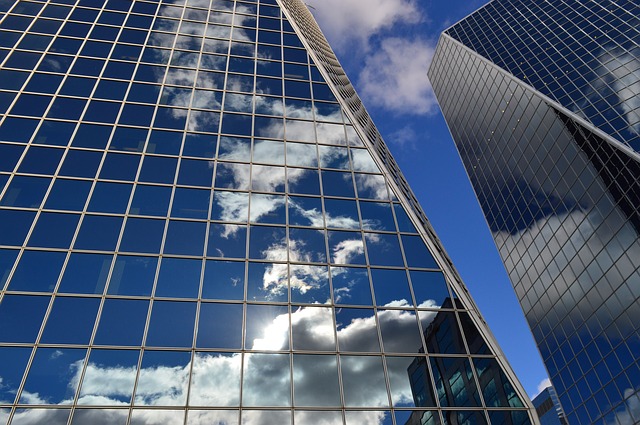Commercial Buildings Are More Than Glass and Steel
Commercial properties make up a significant portion of the built landscape in the U.S. In fact, the EIA’s Commercial Buildings Energy Consumption Survey estimates that there were 5.6 million commercial buildings in the United States in 2012, comprising 87 billion square feet of floor space. This number represents a 14% increase in the number of buildings and a 21% increase in floorspace since 2003, the last year for which CBECS results are available.
As a platform for almost all industries, it is certain that commercial buildings have an enormous impact not only on their occupants but also to the surrounding community. More than just a structure made of glass and steel, these buildings are vital to creating a sustainable environment where people can work and live together for the long haul.
To ensure that the building is safe and conducive to work, and at the same time does not cause harm to its immediate surroundings, several environmental issues must be taken into consideration – such as greenhouse emission and life safety.
Over the past few decades, commercial buildings have been highlighted as having great potential to reduce global emissions if efforts are made to make them more environmentally-friendly. Environmentally-efficient buildings are structures that use resources efficiently throughout their lifecycle – from the process of design and construction to operation, maintenance, and eventual demolition.
Why Aim for an Environmentally-Efficient Commercial Building?
An environmentally-efficient building is a structure that benefits the building owner, the occupants, and the surrounding community. According to World Resources Institute, a commercial building of this kind can generate hard-to-ignore benefits such as:
- Improve efficiency in using air, water, and other resources.
- Safer and more productive working environment.
- Reduce pollution and waste which causes illnesses and deaths to the surrounding community.
- Achieve significant savings on operational costs.
- Feature an aesthetically-pleasing design.
- Better social impact since it can create more jobs throughout its lifecycle.
- The efficiency that can be achieved provides substantial economic opportunities for cities in developing countries.
Common Techniques for Building Environmentally-Efficient Buildings
Crucial to the building of an environmentally-efficient structure are the construction techniques and materials used in the process. According to Conservation Technology, commercial building owners and contractors should follow these rules when designing and constructing a commercial building:
- Install energy-efficient insulation in all cavities and around all the joints in the building shell. It is also critical that the insulation lasts as long as the structure and can withstand the constant movement of the building due to changing wind, moisture, and temperature conditions.
- During the construction, avoid making unnecessary holes and seal all those that are unavoidable. Install electrical outlets and switch boxes on interior walls wherever possible, and try to use surface-mounted lights instead of recessed fixtures in insulated ceilings.
- Use Energy Star-rated equipment for heating, cooling, water heaters, appliances, and light fixtures.
- Replace old boilers with modern, more efficient models to reduce gas bills.
- Engineers should utilize innovative materials that have long life spans so that they do not need to be thrown away or replaced for many years. According to Inhabitat, these new “green building” materials include:
- Straw bales
- Grasscrete
- Rammed earth
- HempCrete
- Bamboo
- Mycelium
- Ferrock
- AshCrete
- TimberCrete
- Design the exterior spaces of the building with permeable materials to allow rainwater to soak into native plants.
- Block all pathways for moisture to enter walls and ceilings from the exterior.
- Ensure that the foundations and basement are insulated and waterproofed on the exterior to avoid subsurface water from entering the building.
- Ventilate adequately with a continuously running mechanical ventilation system.
- Control air pollution and moisture at the source. For instance, it is much easier and inexpensive to make the building radon-proofed at the time of the construction than doing it later in the project. Additionally, make sure that the exhausts in common moisture sources such as laundry and bathroom are vented
Ensuring that a building is environmentally-efficient can be a very complicated endeavor. However, by doing so, it can be an environment that cultivates health and efficiency instead of merely being a place in which to conduct daily business.
When achieved, an environmentally-efficient commercial building can produce a positive impact on human life, which would be a key to increasing business productivity or improving the occupants’ well-being in the built environment.
Contact Lockatong Engineering today to learn more about our Facility Design & Project Management services.








